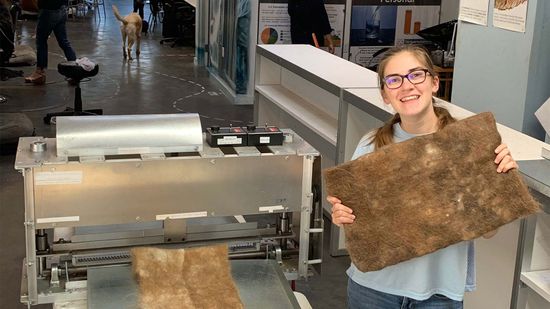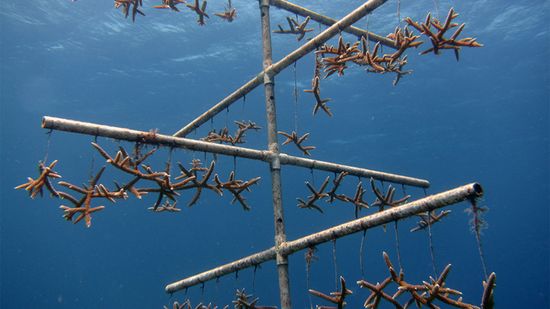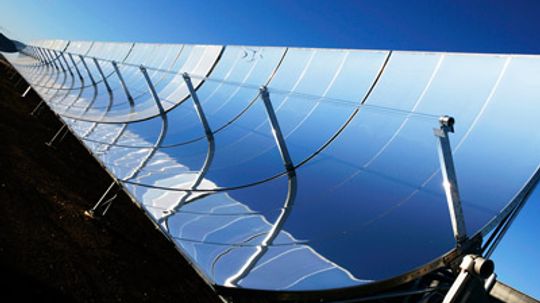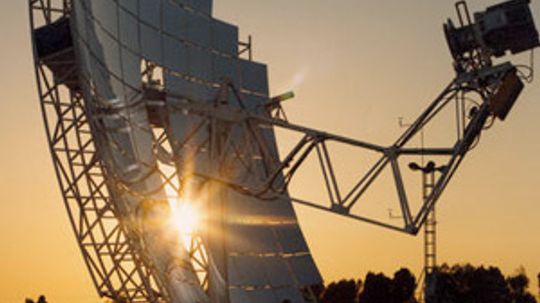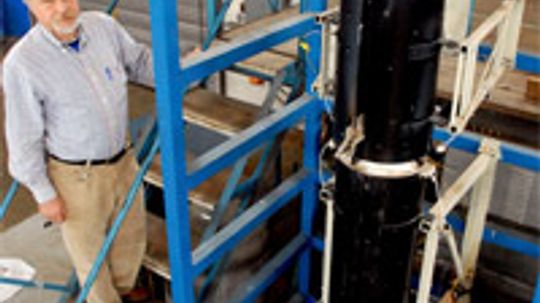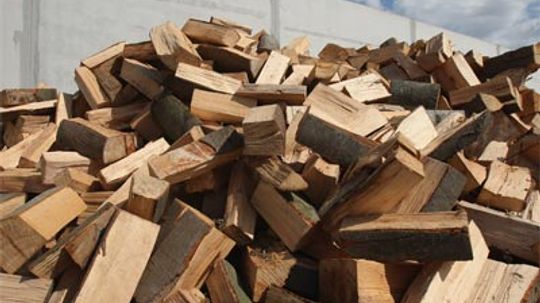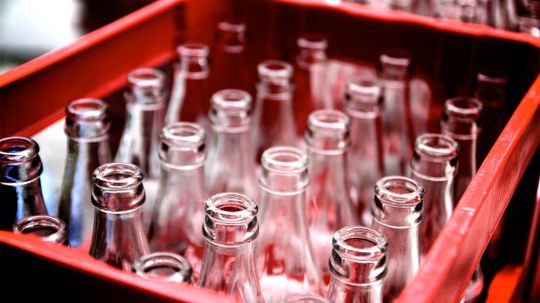Energy Production Technologies
Energy production technologies bring about new, clean, sustainable sources of energy. Read up on the newest, most affordable ways for us to fuel machines and devices.
Learn More
There are two main ways of generating energy from the sun. But one -- solar thermal technology -- is really poised to take off as a clean, reliable form of alternative energy.
You know what geothermal energy is -- heat from the Earth. Could a new twist on geothermal power help countries achieve energy independence?
Plants produce energy so perfectly: converting sunlight, carbon dioxide and water into power and emitting nothing harmful in the process. Can we imitate such an elegant system?
By Julia Layton & Yara Simón
Advertisement
Solar energy is clean and plentiful. There's one big problem, though: The sun doesn't shine all the time. Is there a way to keep solar plants powered up through the night?
By Julia Layton
Gasification could represent a second chance for coal. Will this old technology, which can run on coal or biomass, get a new life as one of the most important energy alternatives of the future?
Cellulosic ethanol can be made from any old stem, leaf or tree trunk. Farm wastes, grass clippings and recycled newspaper will work, too. So when can we expect this alternative fuel to arrive at gas stations?
Sweden puts less than 1 percent of its household trash into landfills, in part because it burns nearly half to generate heat and electricity.
